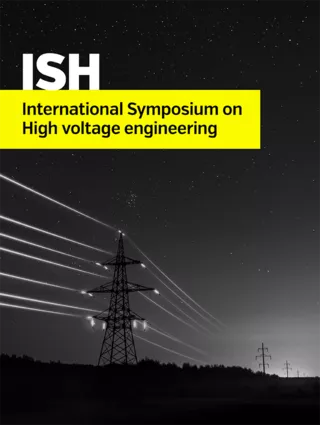Summary
Surge arresters are designed to suppress overvoltages caused by lightning, switching surges and short-term disturbances. In fact, they are decisive in the electrical system project and reliable operation. A surge arrester has a reduced price when compared to other electrical equipment, as well as structural limitations during maintenance. Thus, the only corrective procedure used in case of failure is its immediate replacement. However, because of the high number of arresters in electrical systems it is impossible to carry out replacements indiscriminately. Nevertheless, surges arrester failure can lead to unplanned shutdowns, damages to other substations equipment and, above all, can imply a risk of death to professionals working in the field. Therefore, developing techniques and procedures is necessary to improve monitoring and diagnosis conditions in the field. The main arresters monitoring methods have been based or related to the leakage current measurement and thermographic image analysis. This research deals with the use of computational simulations as an auxiliary tool in the thermal analysis of surges arrester installed in field. Thermographic images provide the external temperature of the equipment. However, it is important to estimate the internal temperature of the surge arrester in the evaluation of its operating conditions. In the present paper, the behavior of a polymeric surge arresters used in distribution systems is studied. Therefore, tests with overvoltage application in the laboratory and the corresponding computer simulations were performed. Subsequently, simulations with exposure of the polymeric surge arrester to conditions of solar radiation and varying temperature during the day were performed. The COMSOL Multiphysics® software was used in the simulations. The results obtained by simulation, considering the absorption of energy from solar radiation and varying ambient temperature throughout the day proved to be consistent. Hence, computer simulations, in combination with thermal imaging, can be used as a non-invasive tool for an improved analysis of the operating conditions of the arrester. It was also observed that the environmental conditions (solar radiation and ambient temperature) have influenced the thermal profile of the arrester. Thus, in order to ensure that the results of the use of simulations, in conjunction with thermography, are as accurate as possible, it is necessary to consider the effects of solar radiation and ambient temperature throughout the day.
Additional informations
| Publication type | ISH Collection |
|---|---|
| Reference | ISH2017_242 |
| Publication year | |
| Publisher | ISH |
| File size | 771 KB |
| Pages number | 6 |
| Price for non member | Free |
| Price for member | Free |




